Hairstyles That Made Celebrities Style Icons
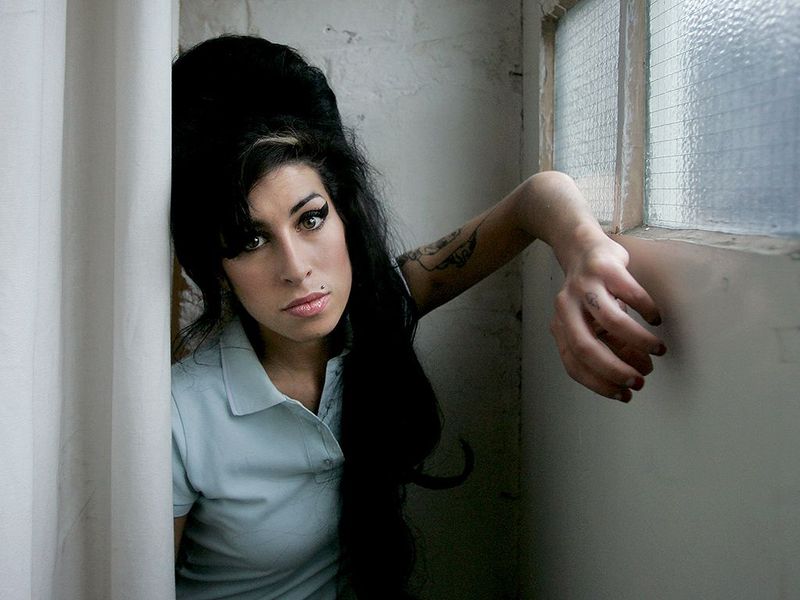
Throughout history, certain hairstyles have become so famous they’ve transformed celebrities into style icons overnight. These signature looks didn’t just complement their famous wearers—they became cultural phenomena that millions rushed to copy. From classic Hollywood waves to rebellious rock star cuts, these hairstyles defined eras, challenged norms, and continue to influence fashion today. Let’s look at ten legendary hairstyles that forever changed the beauty landscape.
1. Audrey Hepburn – The Pixie Cut
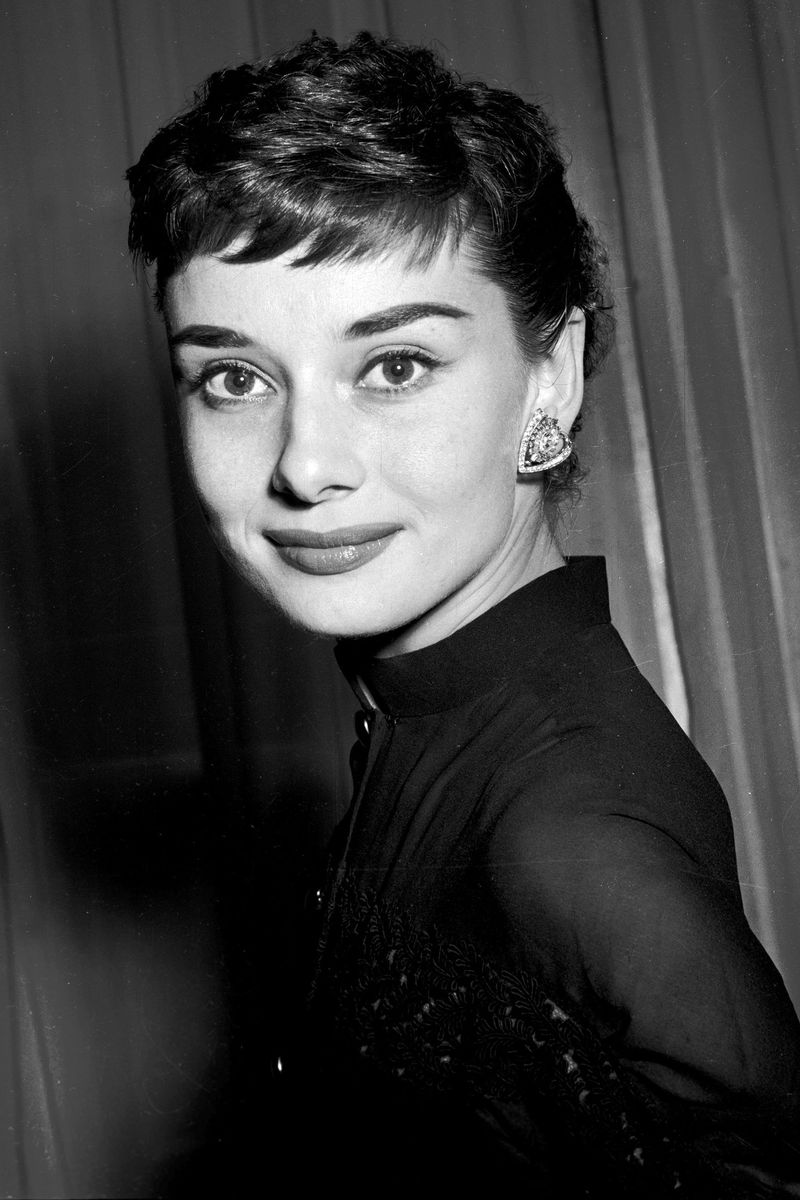
The moment Audrey Hepburn chopped her locks for 1953’s Roman Holiday, she revolutionized women’s hair forever. Her elfin pixie perfectly framed her delicate features while radiating a bold confidence rarely seen in that era’s leading ladies.
What made this style truly remarkable was how it challenged the long-haired feminine ideal of the 1950s. Women suddenly realized they could be both elegant and daring simultaneously.
Decades later, when celebrities like Emma Watson and Zoë Kravitz opt for pixie cuts, they’re channeling that same Hepburn magic—proving that sometimes, the most feminine choice is to break the rules entirely.
2. Marilyn Monroe – Platinum Blonde Waves
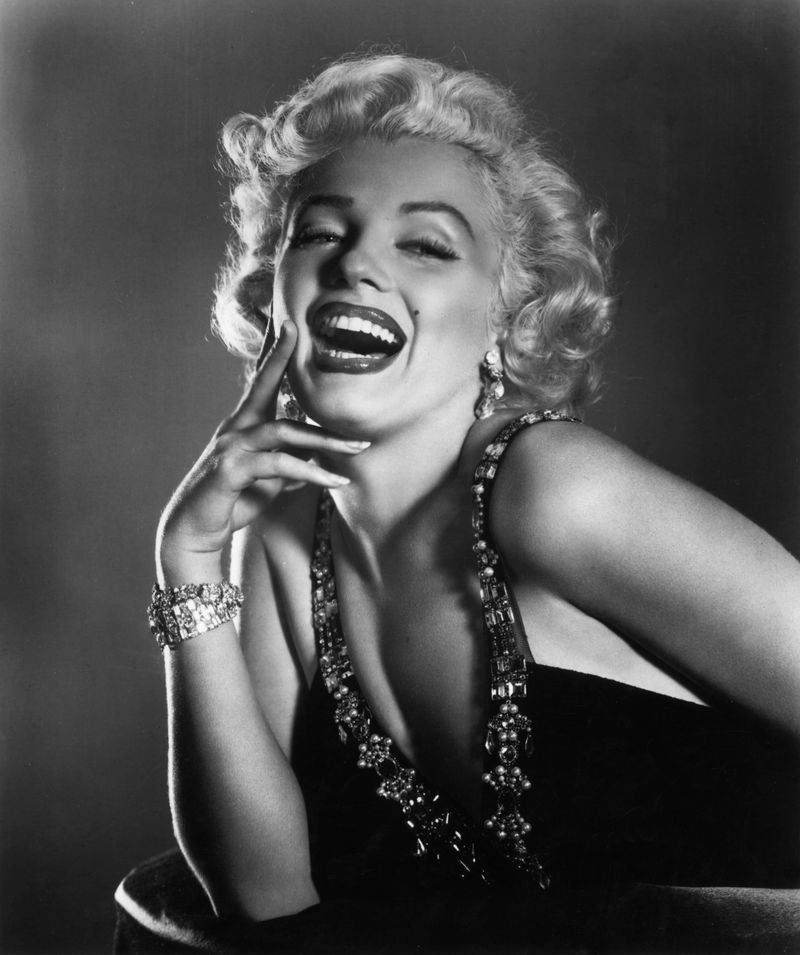
Born brunette Norma Jeane transformed into the bombshell we know through those platinum curls. The soft, voluminous waves weren’t just hair—they were the crowning glory of her carefully crafted persona.
Her hairstylist Kenneth Battelle created the signature look using pin curls and plenty of shine spray. The platinum shade required weekly maintenance with hydrogen peroxide and ammonia—beauty was pain, even back then!
The magic of Monroe’s style was how it seemed both meticulously created yet somehow effortless. Modern celebrities from Madonna to Lady Gaga have paid homage to this quintessential Hollywood look, cementing Monroe’s waves as perhaps the most recognized hairstyle in cinema history.
3. Elvis Presley – The Pompadour

Before Elvis, the pompadour existed—but after him, it became legendary. The King’s slicked-back sides with that rebellious volume on top perfectly captured his musical revolution: part traditional, part wild abandon.
Achieving this gravity-defying style required serious commitment. Elvis reportedly used a mixture of rose oil and Vaseline, plus hairspray and vigorous backcombing. Black hair dye completed the look—his natural sandy blonde wouldn’t have had the same impact.
The pompadour symbolized 1950s youth rebellion so powerfully that it became a cultural shorthand for rock and roll itself. From Bruno Mars to David Beckham, modern stars still channel Elvis when they want to signal both vintage cool and bold confidence.
4. Twiggy – The Mod Crop
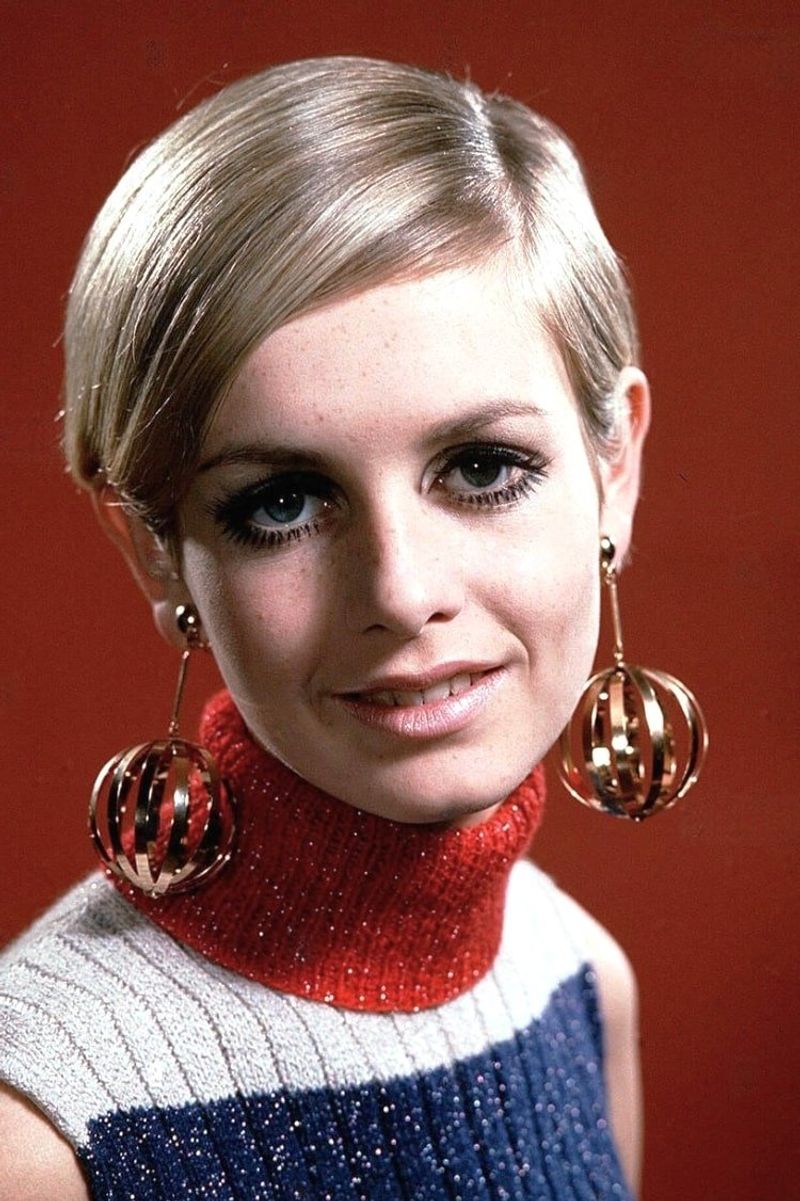
When 16-year-old Lesley Hornby walked into a London salon in 1966, she was unknown. When she walked out with her revolutionary crop cut, “Twiggy” was born—and fashion would never be the same.
Hairstylist Leonard of Mayfair created the boyish, precisely cut style that perfectly framed her enormous doe eyes and highlighted her waif-like features. The geometric precision of the cut embodied the mod movement’s futuristic aesthetic.
Paired with her dramatic painted-on lashes and mini skirts, Twiggy’s hair became the ultimate symbol of 1960s youth culture. The cut wasn’t just stylish—it was liberation from the lacquered beehives and careful sets that had dominated women’s styling for decades.
5. Farrah Fawcett – Feathered Layers
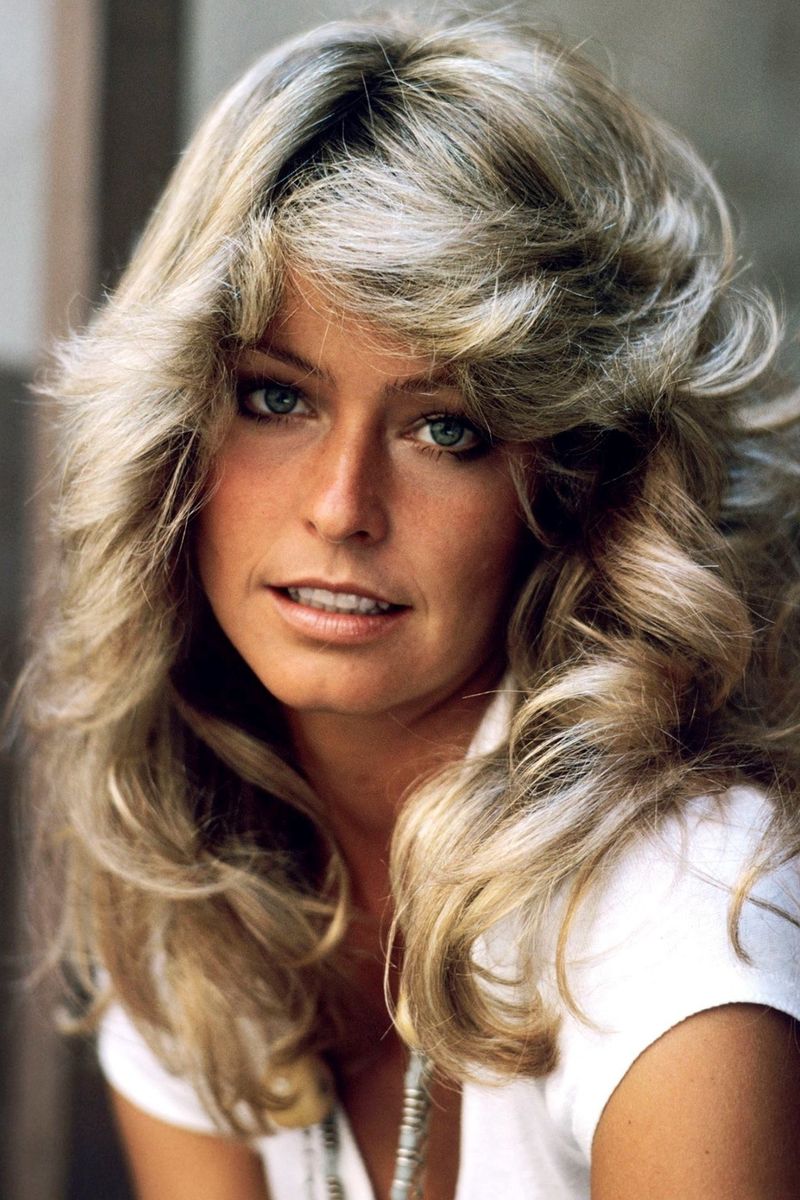
A single poster changed hair history forever. When Farrah’s iconic red swimsuit image hit stores in 1976, women nationwide were suddenly desperate for her sun-kissed, feathered layers.
The genius behind the cut was stylist Allen Edwards, who created the voluminous, face-framing layers that seemed to move with supernatural bounce. The secret technique involved cutting hair while it was dry and angled away from the face—revolutionary for its time.
What made these layers truly special was how they embodied California’s carefree spirit. The look required serious styling effort, yet paradoxically symbolized effortless beauty. Even today, when someone mentions “70s hair,” it’s Farrah’s golden feathers that immediately come to mind.
6. Princess Diana – The Layered Shag
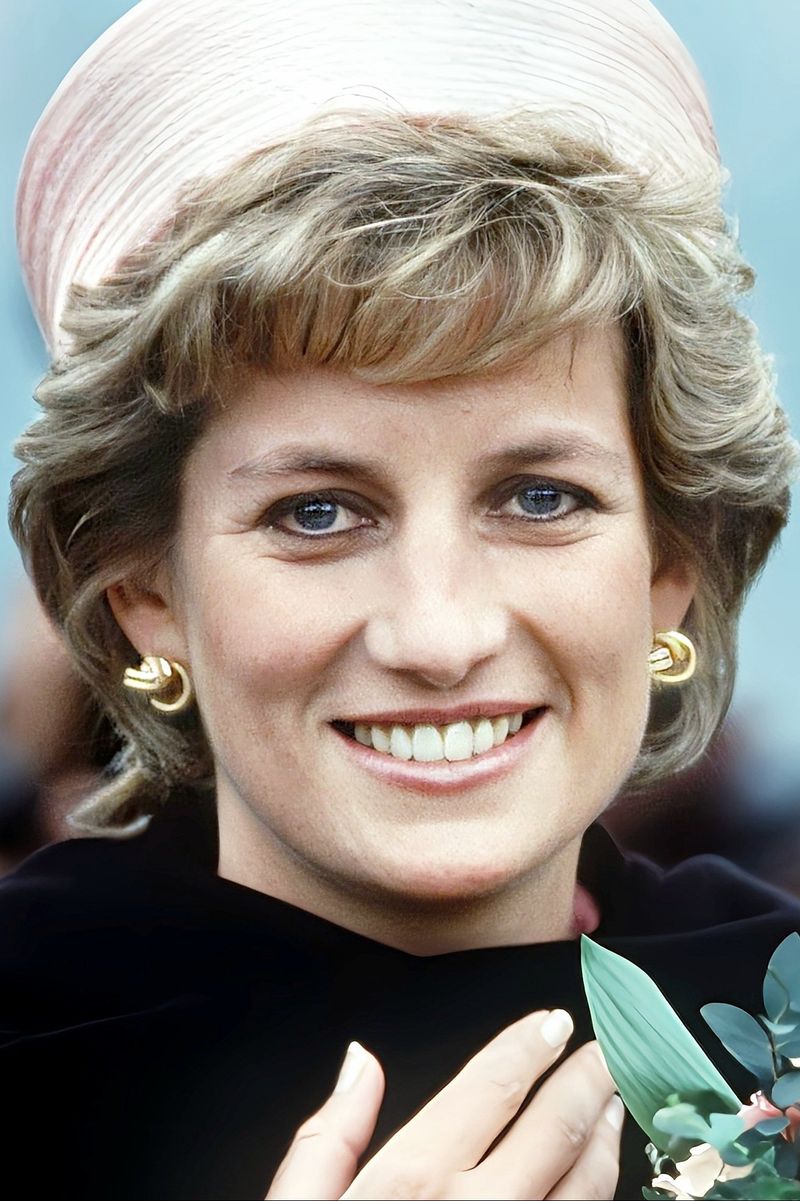
Royal hairstyles had always been conservative until Diana Spencer’s refreshingly modern cut captured global imagination. Her feathery layers by stylist Richard Dalton struck the perfect balance—polished enough for palace life yet youthful and approachable.
As her confidence grew, so did her willingness to experiment. By the 1990s, her cropped, layered shag by Sam McKnight became her signature—a style that worked equally well with tiaras or casual wear.
Diana’s hair journey mirrored her personal evolution from shy nursery teacher to confident humanitarian. The accessibility of her style—achievable without royal resources—helped cement her status as “The People’s Princess.” Even Kate Middleton’s polished locks and Meghan Markle’s relaxed styles exist in conversation with Diana’s revolutionary royal approach.
7. Jennifer Aniston – “The Rachel”
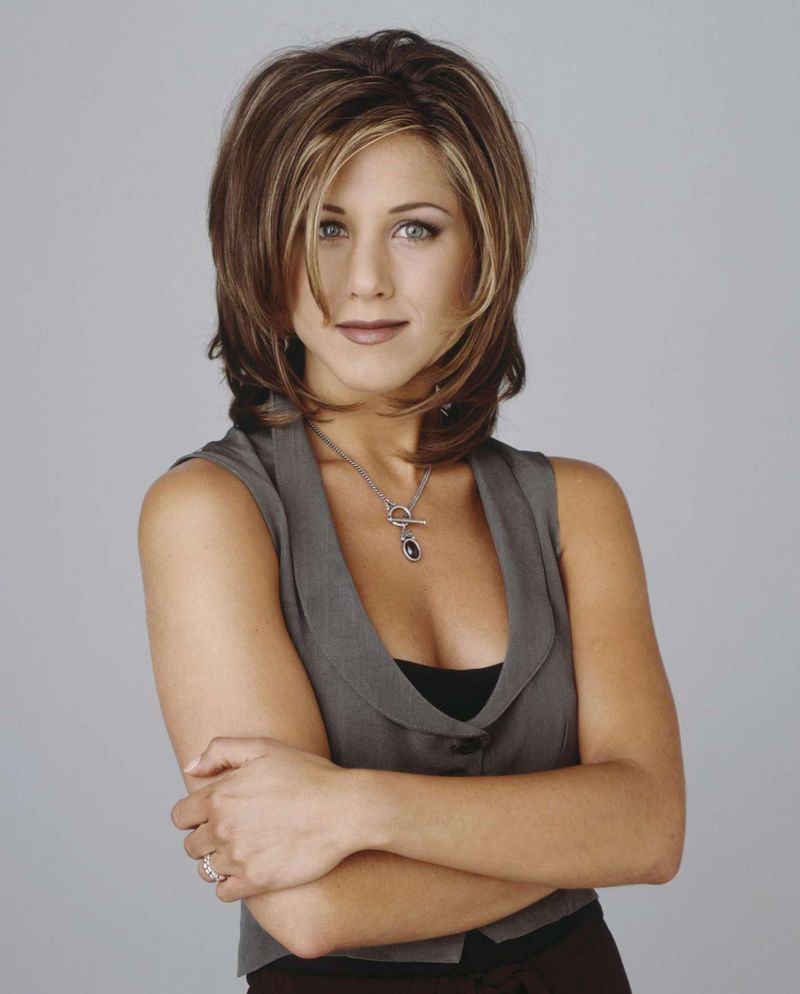
Hairstylist Chris McMillan couldn’t have known he was making history when he created Jennifer Aniston’s layered cut for Friends. The shoulder-length style with face-framing layers and highlighted strands became the defining look of the 1990s.
Women flooded salons with magazine cutouts of Rachel Green, desperate to recreate those bouncy layers. The irony? Aniston herself struggled to style it without professional help and later called it “the ugliest haircut I’ve ever seen.”
What made “The Rachel” revolutionary was its perfect middle ground—neither conservative nor radical, it offered just enough edge while remaining completely wearable for everyday women. The cut’s cultural impact was so massive that two decades later, people still instantly recognize the name as a hairstyle, not just a character.
8. David Bowie – The Ziggy Stardust Mullet
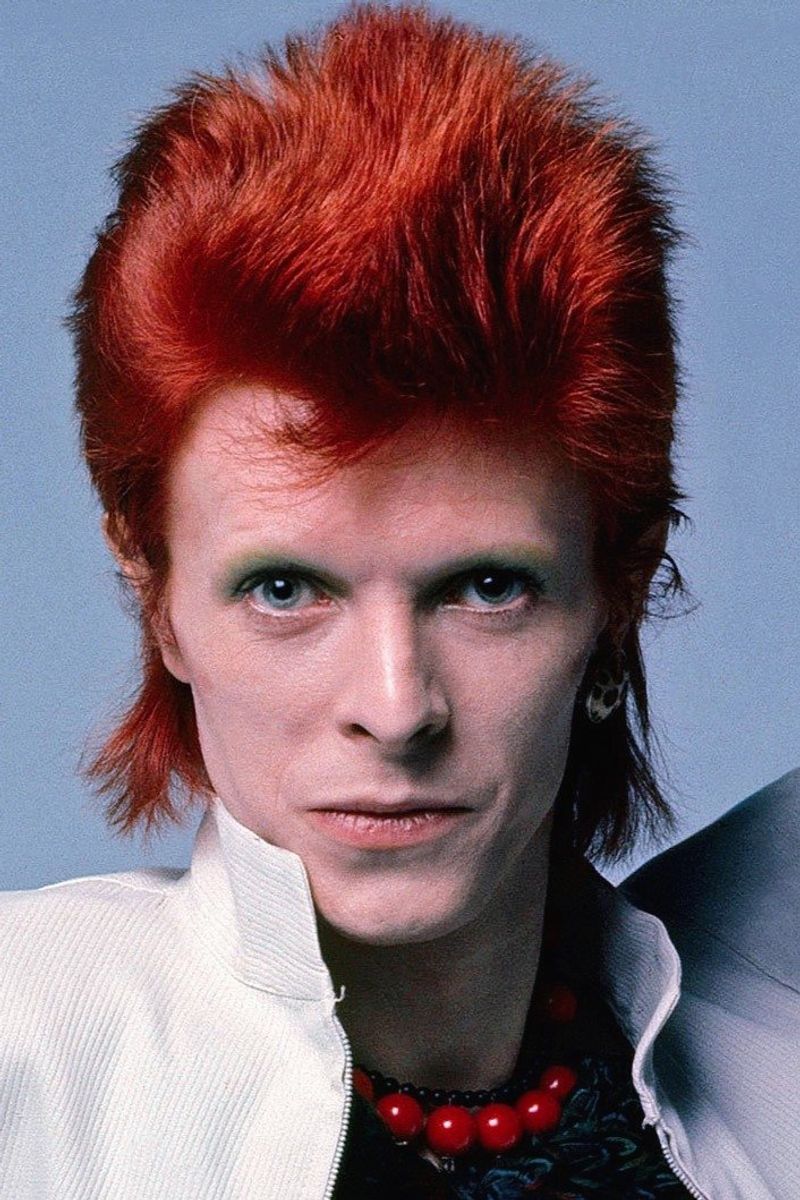
When David Bowie debuted his alien alter-ego Ziggy Stardust in 1972, the fiery red mullet created by stylist Suzi Fussey wasn’t just a haircut—it was an artistic statement. The vibrant color and asymmetrical cut perfectly embodied Bowie’s boundary-shattering approach to gender and performance.
The style’s radical nature can’t be overstated. In an era when men’s hair was either Beatles-long or businessman-short, Bowie’s sculptural, spiky creation seemed beamed from another planet.
This wasn’t just a celebrity haircut; it was permission for ordinary people to experiment with self-expression. Decades before gender-fluid became a common term, Bowie’s Ziggy cut showed that hair could transcend conventional ideas of masculinity and femininity—becoming pure art instead.
9. Sinéad O’Connor – The Shaved Head
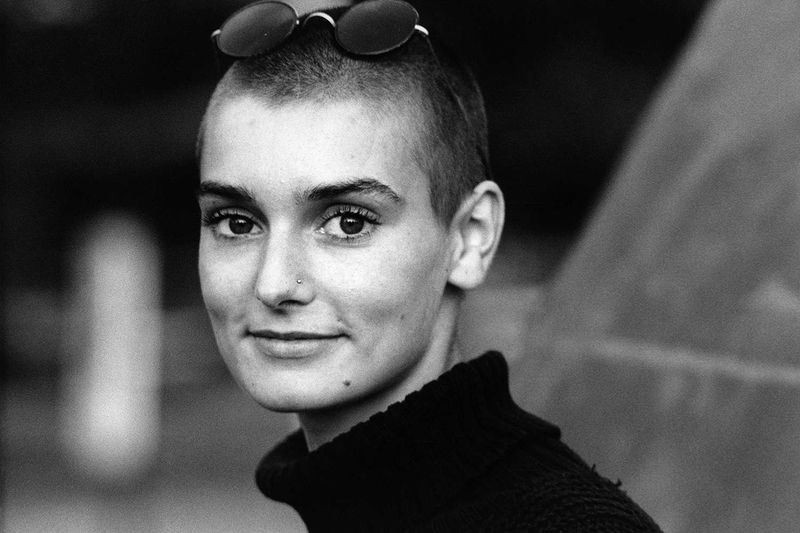
Record executives begged her to grow it out. Sinéad O’Connor refused. Her completely shaved head wasn’t a style choice—it was a rebellion against the music industry’s expectations that female artists be conventionally pretty.
Originally shaving her head after being told to dress more feminine, O’Connor maintained the look throughout her career. Her bare scalp in the iconic “Nothing Compares 2 U” video created an unforgettable visual—raw emotion with nowhere to hide.
For women, a shaved head had historically signified punishment or illness. O’Connor transformed it into a symbol of strength and authenticity. Long before phrases like “challenging beauty standards” entered the mainstream, her buzz cut was a radical feminist statement that influenced artists from Grace Jones to Britney Spears.
10. Amy Winehouse – The Beehive
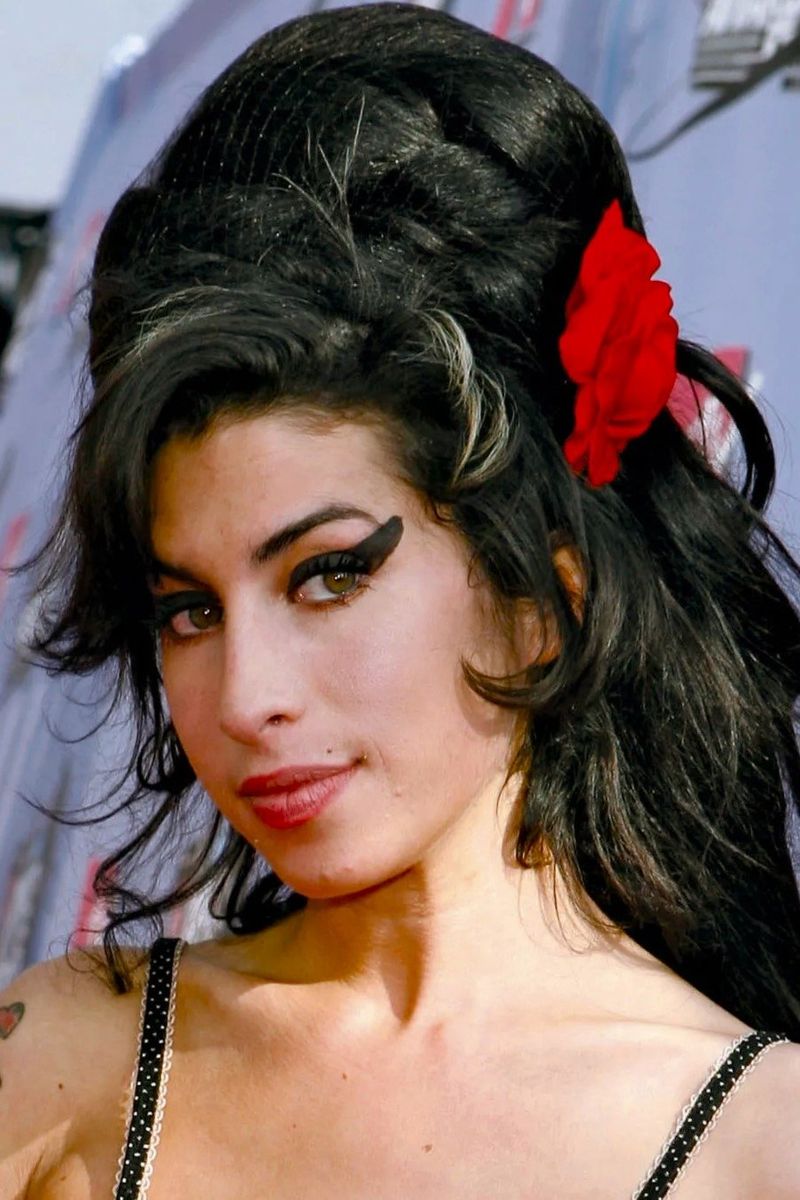
Amy Winehouse didn’t invent the beehive—it was a 1960s creation—but she reinvented it for the 21st century. Her towering, messy interpretation became as recognizable as her soulful voice.
Stylist Alex Foden helped create the signature look, which grew more dramatic as her fame increased. The beehive became Amy’s armor—the bigger her troubles, the higher her hair. What started as vintage inspiration evolved into a visual shorthand for her entire persona.
The genius of Winehouse’s beehive was how it connected her musically to the 60s soul singers she admired while adding punk rock attitude through its disheveled execution. After her tragic death, the silhouette of that distinctive hairstyle became an instant visual memorial—a testament to how completely a hairstyle can become fused with an artist’s legacy.

Comments
Loading…